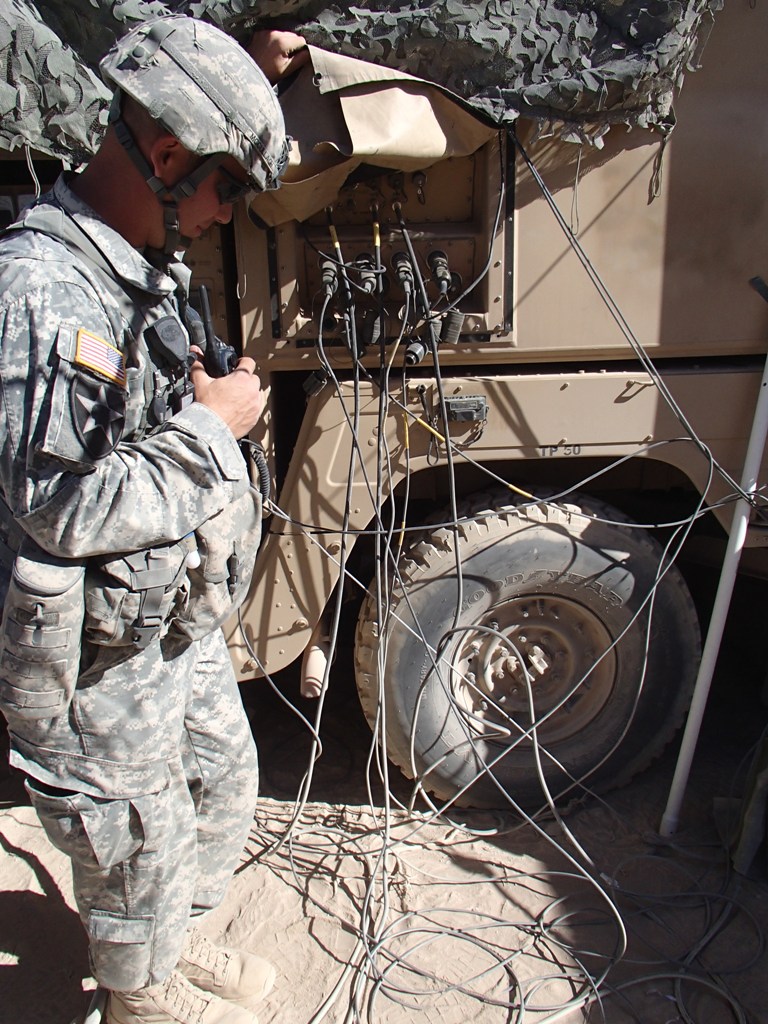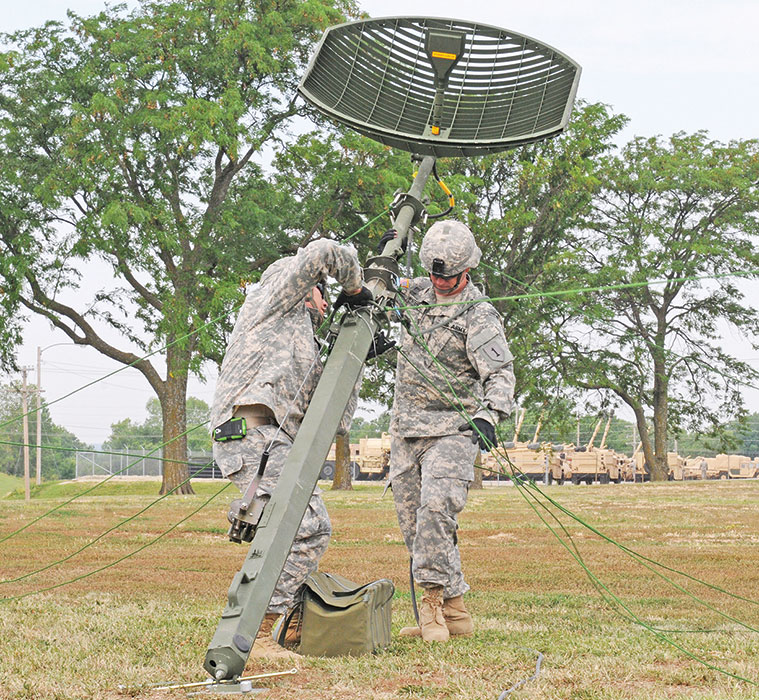Managing the network is one of the key responsabilities of the Brigade Network Technician. It is critical that NETOPS is always aware of the status of the network and how it is performing in order to proactively identify problems and fully optimize the network. This is part two of a series of posts concerning the network trends that I regularly see here at the National Training Center as units pass through on rotation.
Trends from the National Training Center Part 1- Network Planning
As an Observer, Coach, Trainer (OC/T) here at the National Training Center, we have two primary jobs. The first one is to observe (watch what you’re doing), coach (give you that little nudge to help you through something that you may not be comfortable with, and train (teach you the stuff that you just haven’t »
Standardizing the LAN
Tactical networks are an ever changing beast. Links come and go frequently as units maneuver across the battlefield. Likewise, the BCT Main is a mobile headquarters that needs to be able to quickly setup and tear down in order to move to the next location. Having a standardized LAN setup can greatly reduce the amount of time required to reestablish the Main each time it moves, and greatly aid in troubleshooting after it has been established.
Integrating Enablers
One common trend we see at the National Training Center (NTC) that is an across the board trend (not just signal) is something we call integrating enablers. Enablers are a specialized capability which is not organic to the unit, but provided on an as needed basis for the unit to complete its mission. When we talk about “integrating enablers” in general we are normally talking about how did we plan for, utilize, and control these specialized resources. From a network perspective, enablers can present challenges to an inexperienced Net Tech.
The Lost Art of Legacy Equipment: LOS & the SMART-T in a Decisive Action Rotation
The below is a copy of an article I wrote for the Center for Army Lessons Learned (CALL) talking about the common trend we have seen at NTC with units attempting to use legacy equipment (in this case High Capacity Line-of-Sight (HCLOS) and SMART-T specifically) in a decisive action (DA) environment.




